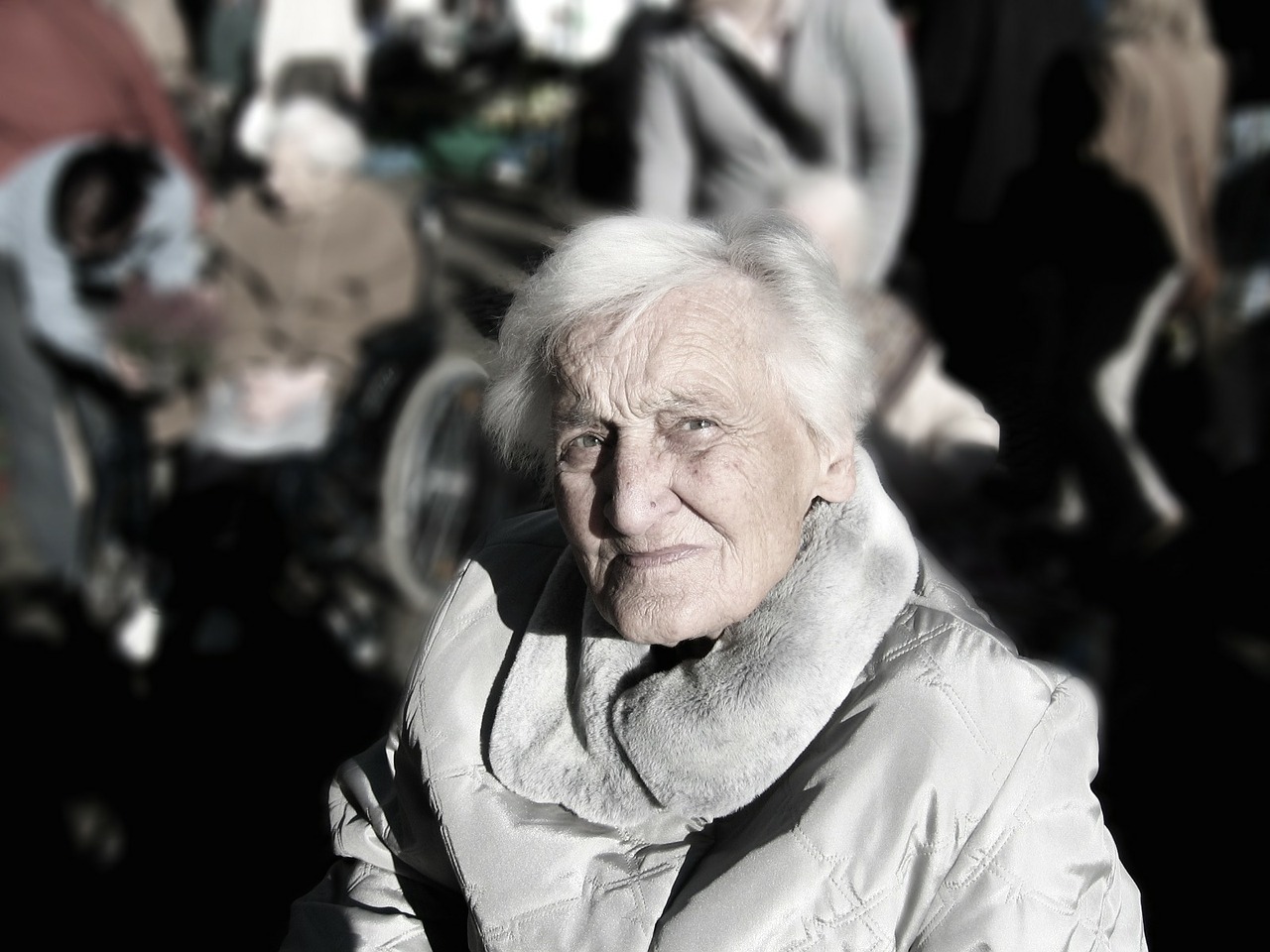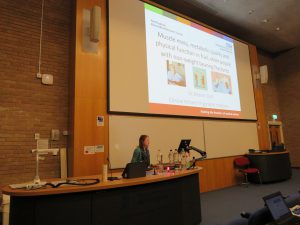
September 5, 2019, by bmillar
Muscle mass, metabolic quality and physical function in frail older people with non-weight bearing fractures.
“No decline with age is as dramatic or potentially more significant than the decline in lean body mass” (1).
In 1989 Rosenberg published this observation and coined the term sarcopenia, a description that has subsequently been extended to incorporate the associated loss of muscle strength and function (2, 3). Muscle loss begins in the fifth decade at an approximate rate of 1% per year for mass and 3% per year for strength (4, 5). As age advances, the losses accelerate, such that approximately 40% of muscle loss occurs during the eighth decade (6), reinforcing the striking decline observed by Rosenberg. The associations with poor mobility, increased dependency and mortality have sparked a wealth of research into musculoskeletal ageing over the ensuing decades with the current challenge to translate the emerging research findings into improved clinical care for older people.
Alongside ageing muscle, periods of immobility can lead to muscle atrophy, alterations to muscle metabolism and reduced muscle function across all ages (7, 8). This may be particularly detrimental to older people with sarcopenia as they start from a position of lower muscle mass and quality, compared to younger individuals (3, 5). Sarcopenia is proposed to contribute to the vulnerability that characterises physical frailty, with both conditions part of a self-perpetuating cycle that increases an individual’s susceptibility to the risks of acute muscle loss and negative metabolic health changes when that individual becomes physically inactive (9). This, in turn, makes rehabilitation more difficult and contributes to poor outcomes (10).
“Unfortunately, there are occasions where immobility is unavoidable such as the therapeutic immobilisation of, and restricted or non-weight bearing through, an affected limb for 6-8 weeks required to heal many common fragility factures. Little is known about the clinical characteristics of older people who sustain such injuries, but many, especially those with frailty, are discharged from acute hospitals to care homes, and exposed to further risks of immobility.” Dr Eleanor Lunt
The impact of immobilisation on the decline in their skeletal muscle mass, quality and function is also unknown. It is presumed these patients experience significant loss of muscle during the non-weight bearing period, influencing their subsequent physical functioning and clinical outcomes.

Dr Eleanor Lunt speaking at the NIHR Nottingham Biomedical Research Centre MSK Annual Science Day
This study aims to follow 60 participants aged ≥70 years admitted to hospital with an acute non-weight bearing fracture. Measures of muscle strength (handgrip and knee extension), body composition (BIA) and muscle thickness (ultrasound) will occur longitudinally to detect muscle decline during the 6 weeks of immobility and at 4 months to look for recovery after physiotherapy. Clinical outcomes, dependency levels and frailty scores will also be recorded. A sub-group of the participants (n=20) will additionally undergo “deep phenotype” measures to characterise the level of muscle loss and behaviour using more detailed metabolic and molecular measurements at the whole-body and muscle levels. The research aims to guide further translational research targeting the ill-understood physiology of the musculoskeletal system in sarcopenia and frailty.

Dr Eleanor Lunt – PhD student
Supervisors: Professor Paul Greenhaff, Professor John Gladman and Professor Adam Gordon.
Also involved: Dr Liz Simpson, Dr Jo Mallinson, Dr Matthew Piasecki
References:
- Rosenberg IH. Sarcopenia: origins and clinical relevance. The Journal of nutrition. 1997;127(5 Suppl):990s-1s.
- Morley JE, Baumgartner RN, Roubenoff R, Mayer J, Nair KS. Sarcopenia. The Journal of laboratory and clinical medicine. 2001;137(4):231-43.
- Cruz-Jentoft AJ, Baeyens JP, Bauer JM, Boirie Y, Cederholm T, Landi F, et al. Sarcopenia: European consensus on definition and diagnosis: Report of the European Working Group on Sarcopenia in Older People. Age Ageing. 2010;39(4):412-23.
- Janssen I, Heymsfield SB, Wang ZM, Ross R. Skeletal muscle mass and distribution in 468 men and women aged 18-88 yr. J Appl Physiol (1985). 2000;89(1):81-8.
- Goodpaster BH, Park SW, Harris TB, Kritchevsky SB, Nevitt M, Schwartz AV, et al. The loss of skeletal muscle strength, mass, and quality in older adults: the health, aging and body composition study. J Gerontol A Biol Sci Med Sci. 2006;61(10):1059-64.
- Genton L, Karsegard VL, Chevalley T, Kossovsky MP, Darmon P, Pichard C. Body composition changes over 9 years in healthy elderly subjects and impact of physical activity. Clin Nutr. 2011;30(4):436-42.
- Bell KE, von Allmen MT, Devries MC, Phillips SM. Muscle Disuse as a Pivotal Problem in Sarcopenia-related Muscle Loss and Dysfunction. J Frailty Aging. 2016;5(1):33-41.
- Crossland H, Skirrow S, Puthucheary ZA, Constantin-Teodosiu D, Greenhaff PL. The impact of immobilisation and inflammation on the regulation of muscle mass and insulin resistance: different routes to similar end-points. J Physiol. 2019;597(5):1259-70.
- Fried LP, Tangen CM, Walston J, Newman AB, Hirsch C, Gottdiener J, et al. Frailty in older adults: evidence for a phenotype. J Gerontol A Biol Sci Med Sci. 2001;56(3):M146-56.
- Beaudart C, Zaaria M, Pasleau F, Reginster JY, Bruyere O. Health Outcomes of Sarcopenia: A Systematic Review and Meta-Analysis. PLoS One. 2017;12(1):e0169548.

Thanks very nice blog!